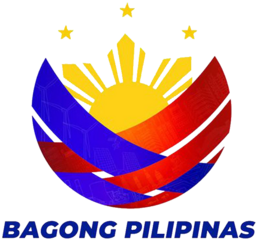A 2013 study conducted by the Department of Agriculture (DA)-Northern Cagayan Experiment Station showed that the integration of duck in rice farming can increase yield to 36 percent and reduce golden apple snail (GAS) up to 95 percent, thus, helping the control of weeds in irrigated rice.
Today, the DA-Cagayan Valley Research Center (DA-CVRC) promotes the same technology to Open-Source Pump Irrigated Areas in Ilagan and Tumauini, Isabela through a two-year project funded by the DA-Bureau of Agricultural Research (BAR) on outscaling of rice-based farming system (rice+duck).
Through a webinar organized by DA-BAR on 30 July 2021, Gemma G. Bagunu, senior science research specialist and project leader from DA-CVRC, discussed the rice-duck farming system they introduced to 150 farmer cooperators that resulted to 121.9 percent of return on investment compared to 67.24 percent in rice production alone (2020-2021 dry season).
According to Bagunu, ducks are good “weed manager” and eat GAS which means less labor in weed management and less pesticide and insecticide application.
Rice production practices
Farmer-cooperators planted NSIC Rc480 at the rate of 40 kilogram per hectare with a spacing of 20 x 20 centimeter to allow enough space for the ducks to walk. Other practices include two to three healthy seedling per hill, plowing (once) and three times harrowing of field at one week interval.
Rice crop manager is used as basis in nutrient management and five centimeter depth of irrigation water is maintained to control weeds. These practices are under the nine key checks recommendation in PalayCheck System. The rice paddy is enclosed in a poultry net to prevent the ducks from escaping while grazing.
Release of ducks and its care and maintenance
In a 1,000 square meter, 20 heads (200 heads per hectare) at two to three months old muscovy ducklings were released in the field after 30 days from transplanting until the heading stage of the rice. Ducklings were grazed in rice paddies in the morning and evening.
At flowering stage, ducks were removed and provided with house and pond. Ducks were fed with fermented feed formulation using azolla, golden apple snail mixed with rice bran and other leguminous crops/forages to supplement their feeding requirements.
Arcadio Garcilian, one of the farmer-cooperators from Lapogan, Tumauini, experienced the benefit of integrating duck in his rice farming. Arcadio revealed that the integration of duck has significantly reduced GAS and weeds in his farm. From five heads of duck as starter in the project, he has now grown the flock into 150 heads. In terms of yield, he recorded a higher yield of 5.4 tons per hectare the NSICRc480 for 2020-2021 dry season with duck integration.
With the growing number of ducks in the community, the researchers also introduced value adding activities such as ready to eat duck viands, selling of ducklings and meat, and its eggs


